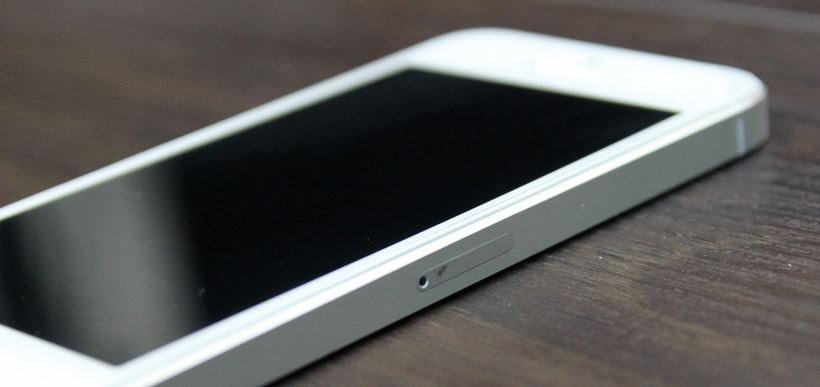Those of us on “Team Apple” who can’t wait to rule over elaborate simulated cities once again will have to wait a little longer. Unfortunately, Electronic Arts has postponed the release of the brand new SimCity for Mac game for the second time.
The eagerly anticipated game was originally due to hit shelves in February, but was pushed back to June. Now, Electronic Arts’ Senior Producer is claiming it’s still not quite ready for primetime. The company now reportedly aim to launch it in August, giving them more time to “ensure a great experience for players.”
Of course, the gaming giant had a bit of a bumpy ride with the release of SimCity for PC in March. The issues were primarily related to the fact that the game can only be played online, unlike previous versions. This new feature requires that the game be connected to Electronic Arts’ servers at all times, in order to facilitate region play where cities are connected and accordingly share utilities and citizens.
While a fabulous idea, the constant connection required by the über-popular game meant traffic slowing down the servers, resulting in poor quality play. That issue has now been addressed by Electronic Arts. In fact, several updates have been released since the game’s launch and the 1.3 million PC users who have bought the new SimCity are playing it with the good experience intended.
However, we can’t help but wonder if the Mac version is being delayed because of similar bugs. SimCity for Mac will be available exclusively as a download through Origin; perhaps systems are being upgraded and bugs ironed out once again in preparation for the onslaught of Apple users buying it?
Despite the delay, early reports indicate that the latest version of SimCity will be worth the wait. It will support cross-platform play with PC users, has beautifully upgraded graphics and a host of new in-game features, from big changes to tiny details.
One significant update is the fact that each Sim is now an individual, with his or her own personality, life expectancy, career and education. With no more faceless Sims moving around your city like ants, this will certainly add a new dimension to game play. Other new features include everything from having curved roads and customizable buildings to being able to commute between cities. The new SimCity will even have more detailed crime scenarios.
In addition, cross-platform interactivity will certainly come in handy with the new Great Works Areas update. These zones benefit regions over one individual city, enabling players to collaborate, bring in more tourists and even share the cost of energy.
Electronic Arts have also stated that the Mac version will automatically include the Launch Park, a special area that just opened up for PC gamers last month. And while waiting is frustrating, we can hardly blame the developers for proceeding with caution before launching SimCity for Mac, given the PC issues. Even still, that does little to dissuade our patience as we cross our fingers and hope the release isn’t pushed back any further.
Update: Mac Version to be released August 29th.




